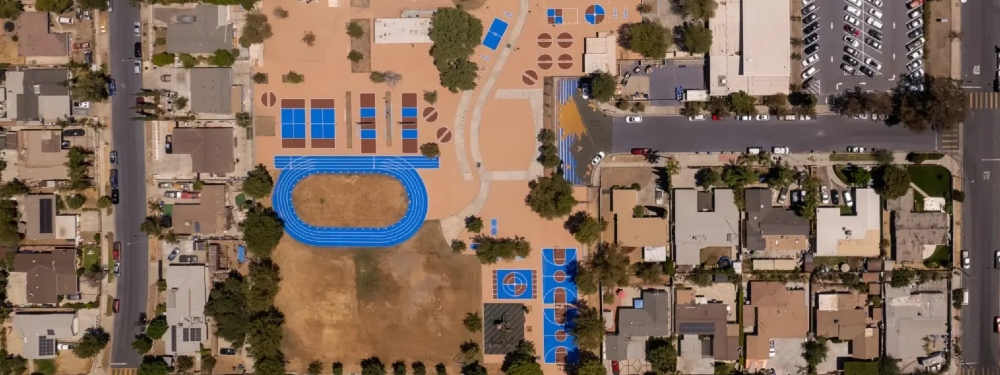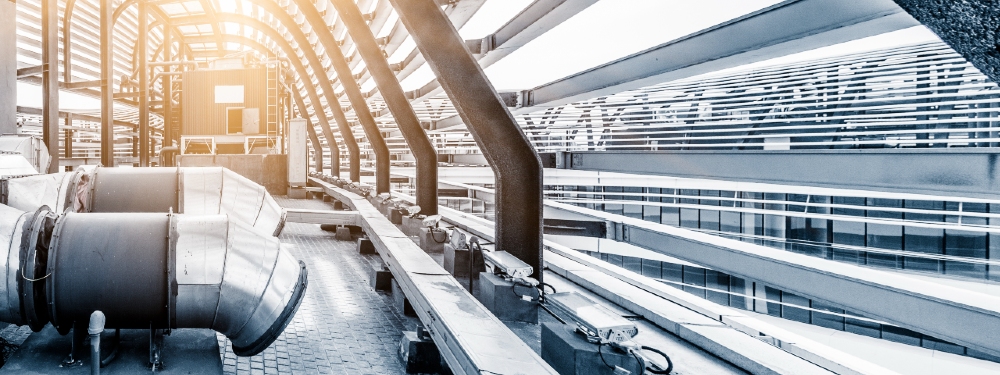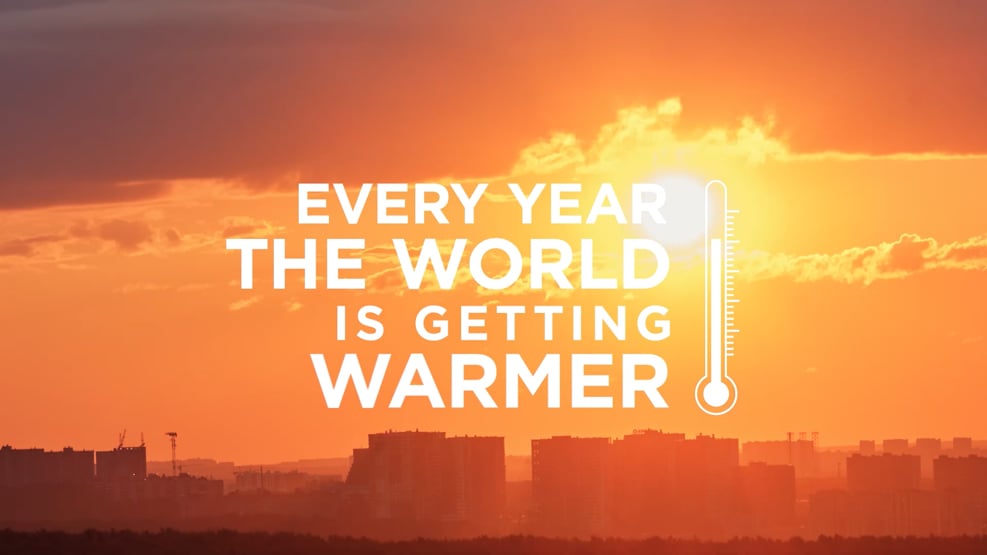Unlocking the Power of Sustainable Cooling: Energy-Efficient Solutions in Southeast Asia
Unlocking the Power of Sustainable Cooling: Energy-Efficient Solutions in Southeast Asia
Over the next two decades, there will be an estimated 300 million air conditioners (ACs) installed across Southeast Asia—a sixfold increase compared to today. This growth in demand for cooling is primarily driven by increasingly hot and humid weather and rising incomes.
Due to the high energy consumption of the average AC unit purchased in the region, a rise in the demand for cooling will likely lead to a significant increase in the demand for energy, particularly at peak times. Unfortunately, because fossil fuels make up 83% of Southeast Asia’s electricity generation mix, more cooling will also mean more greenhouse gas (GHG) emissions.
With the majority of the region’s governments committed to reaching net zero by 2050, how Southeast Asian households choose to cool themselves will play a critical role in the region’s pathway to a sustainable and low-carbon future.
So how can the region reduce its cooling-related energy demand while ensuring people have access to the cooling they need?
Growing demand for cooling
Due to the combination of a high number of cooling degree days[1]A cooling degree day measures how much the mean temperature exceeds the standard temperature each day over a given period. and low AC ownership, Southeast Asia has one of the highest needs for cooling in the world. With only 15% of households in the region owning an AC[2]Access to cooling is not equal across the region, with almost 80% of households in Singapore and Malaysia having an AC, compared to less than 10% in Indonesia, the Philippines, and Vietnam. (IEA), there is significant potential for future growth. In fact, by 2040, Residential AC ownership is projected to increase to 60%, with nearly two AC units per household.
Because of this rising demand, it’s no surprise that space cooling is the fastest-growing use of energy in the region’s buildings. Energy use for ACs in Southeast Asia has already increased by 750% over the last 30 years, and it will continue to rise. Within the next two decades, cooling will account for almost 19% of the region’s electricity consumption, up from just 8% in 2017—reaching an expected 30% at times of peak demand. The surge in cooling demand during peak times threatens the region’s power grids and its transition to renewable energy.
In addition to the sheer number of AC units projected to be installed, the (in)efficiency of said units will significantly impact energy demand, with the region’s average AC being less than half as efficient as its best available technology.
Minimum energy performance standards (MEPS) are an effective policy tool that improves the efficiency of a market’s AC units each time the standard levels are raised. Energy labels also help encourage the uptake of better technologies.
While more efficient appliances are readily available in the region and are competitive on lifecycle costs, non-existent or ineffective labeling programs mean these models are not consistently recognized as the more efficient option. For example, in many countries in Southeast Asia, most ACs fall under the top efficiency label due to its wide scope, so consumers are not able to easily identify the best models.
Enhancing regional cooling efficiency
While national standards and labeling programs already exist in the region, the level of attention paid to energy efficiency as a strategy and the maturity of said programs—in terms of their design and implementation—varies by country.
Since 2021, Clean Cooling Collaborative (CCC) has supported a group of implementing partners—including United for Efficiency (U4E), Lawrence Berkeley National Laboratory (LBNL), and the International Institute for Energy Conservation (IIEC)—that have been working collaboratively with the ASEAN Centre for Energy (ACE) and its member countries. This work explores more ambitious and impactful revisions to the existing regional MEPS for ACs based on U4E, LBNL, and IIEC’s expertise and knowledge of global best practices.
Recommendations from the group include an aligned metric for both fixed- and variable-speed ACs and a two-phase, accelerated adoption timeline. These steps would put the region on a pathway to subsequently implement MEPS at a level that is in line with the best standards in the world. Leaders endorsed both recommendations during the 39th ASEAN Ministers on Energy Meeting in September 2021.
Our partners in Singapore have been aggressive in pursuing these recommendations and announced in March of 2023 that they would adopt the Regional Phase II MEPS for ACs. As the first in the region to commit to the new MEPS, we will work closely to learn from their adoption process and see how it can inform our work with other countries.
Over the coming years, we will continue to support efforts in Southeast Asia with plans to advance regional collaboration as well as work in some key member countries, namely Singapore, Malaysia, the Philippines, and Vietnam. Here we aim to support the technical analysis needed to develop, propose, and implement the new MEPS for ACs.
While Indonesia and Thailand are the biggest untapped markets for efficient AC technologies, recent analysis has identified Singapore and Malaysia as the most likely to be early adopters of ambitious MEPS and could motivate other countries to follow suit. Similarly, our research indicates that Indonesia is not currently in a position to enhance its MEPS due to recently updating its AC standards. CCC has plans to assess whether Indonesia will be ready to revisit its MEPS in the coming years. Our implementing partner CLASP has also recently completed a labeling update in Thailand
Beyond energy efficiency
While the impacts of improving the efficiency of the region’s ACs can’t be underestimated, this work alone is not enough to solve the cooling challenge facing Southeast Asia. A more holistic approach is needed.
Scaling up the adoption of passive cooling solutions in the region can also help reduce the demand for mechanical cooling while still providing thermal comfort to those who need it. For example, in Indonesia, applying a reflective coating to roofs—known as a cool roof—has proven to reduce indoor temperatures by up to 20° F (11° C). Other passive cooling solutions include using nature to mitigate the urban heat island effect and implementing building codes to help ensure buildings are energy efficient and naturally cool. Examples of this work can be seen in Vietnam and Cambodia.
To minimize cooling’s impact on Southeast Asian countries’ energy transition and climate and development targets, the adoption of sustainable solutions must be scaled up across the region. More stringent performance standards and labeling programs, as well as passive cooling solutions, would significantly reduce cooling-related energy demand, GHG emissions, consumer utility bills, and infrastructure investments.
However, the realization of these benefits will require governments, investors, manufacturers, and other stakeholders to rapidly implement policies and initiatives that support the development and adoption of sustainable cooling solutions.



